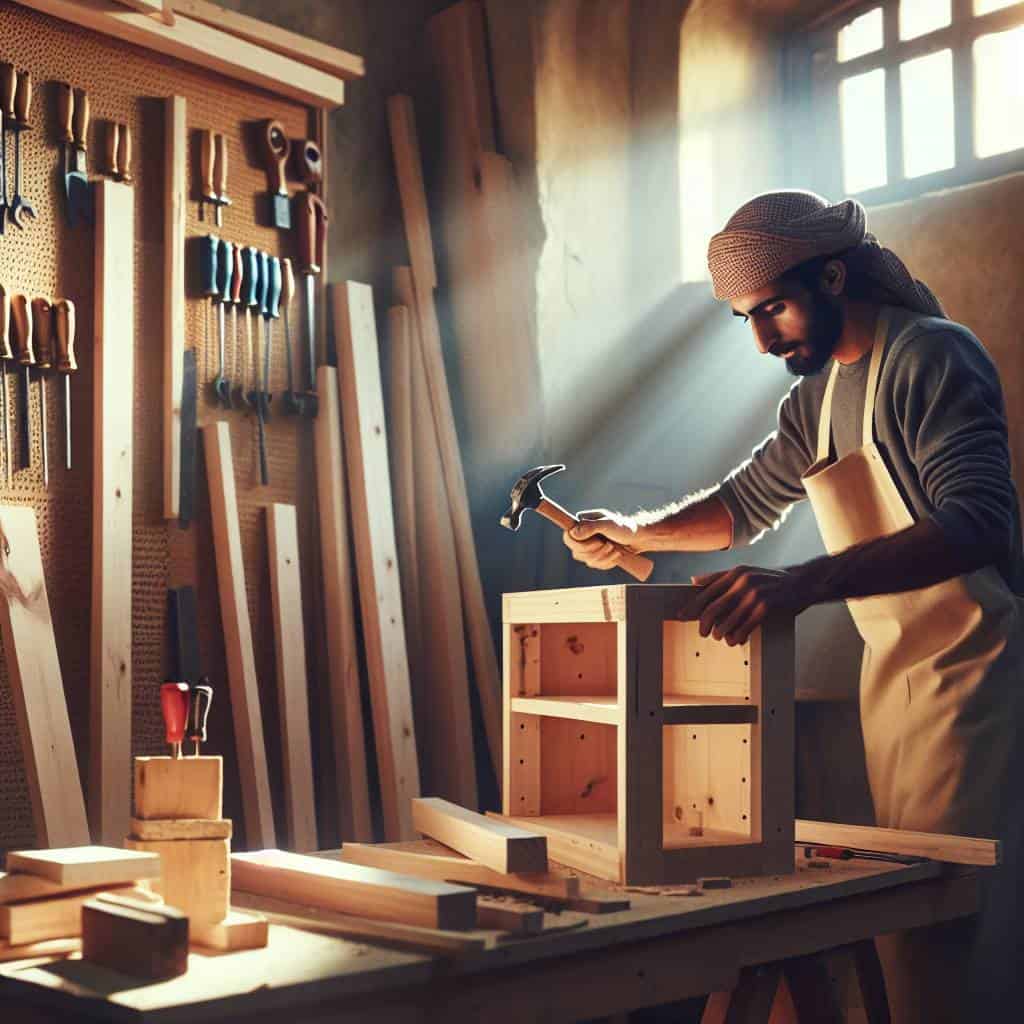I remember the first time I tried to build a bookshelf. Thought I’d just slap some boards together, and voila, instant storage solution. But let me tell you, the universe had other plans. It was like the wood was laughing at me, mocking my naïve optimism as I fumbled with nails and a hammer like a caveman trying to invent fire. My wife walked in, took one look at my wooden monstrosity and suggested it could double as modern art. That’s when I realized—building a bookshelf isn’t just about throwing some planks together. It’s about patience, precision, and the odd curse word or two.

So, if you’re like me, too stubborn to buy a pre-made shelf and too curious to leave it to the professionals, you’re in the right place. We’re diving into the nitty-gritty of DIY bookshelf building—everything from choosing the right pine boards (because oak is just showing off), to crafting the perfect plans, to finding the best ideas for your storage needs. Get ready to embrace the chaos of woodworking, because by the end of this, you’ll not only have a new shelf but a fresh appreciation for the art of turning raw materials into something functional and maybe even beautiful.
Table of Contents
Why Pine Boards and I Are No Longer on Speaking Terms
I once thought pine boards and I were destined for a beautiful partnership, a harmonious dance of sawdust and sweat. But like an engine with a mismatched part, it wasn’t long before the cracks showed. You see, pine might look like the shiny new cog in the hardware store’s display, but once you get it on your workbench, it reveals its true nature—soft, knotty, and prone to warp faster than a novice’s patience. I learned this the hard way when my cunning plan to craft a simple bookshelf turned into a saga of splinters and frustration.
The thing about pine is that it’s a wood with a mind of its own. You start cutting and drilling, and it starts splitting and warping like it’s been possessed by a poltergeist of poor craftsmanship. I remember standing there, staring at a board that had more twists and turns than a soap opera plot, wondering if it had somehow conspired against me. And sanding? Forget about it. You’d think it would be an easy ride, but that supposedly smooth surface is more like a rough country road, full of hidden bumps and surprises.
So, why are pine boards and I no longer on speaking terms? It’s simple. I refuse to let a piece of wood get the better of me. If I wanted a project that fought back at every turn, I’d try building a bookshelf out of Jell-O. Pine boards might be cheap, but in the world of DIY, you get what you pay for. And I’d rather invest in a material that doesn’t leave me questioning my sanity or my ability to wield a hammer. So, if you’re starting your own bookshelf adventure, take it from me—leave the pine in the forest where it belongs, and find yourself a partner in this build that understands the meaning of teamwork.
The Gospel According to Wood Chips
Building a simple bookshelf isn’t just about slapping together some pine boards; it’s about carving out a space where chaos meets order, where storage becomes an art form, and where every DIY misstep is a step closer to mastery.
The Sawdust Settles: Lessons from the Workshop
In the end, this whole bookshelf saga is like that engine you’ve been meaning to rebuild. You stare at it, tools in hand, and somewhere between the nuts and bolts, you realize it’s more than just a project. It’s a labor of love, a test of patience, and a damn fine way to learn a thing or two about yourself. Sure, those pine boards might give you the silent treatment, but they’ve got stories to tell if you’re willing to listen. And maybe, just maybe, that’s the real reward—more than the finished bookshelf—this understanding that every piece, every knot and grain, is part of a bigger, complicated machine that we’re all trying to figure out.
So, next time you’re contemplating a DIY adventure, remember that it’s not just about the final product. It’s about the journey through the wood shavings and the failed cuts, about the quiet satisfaction that comes when you finally solve the puzzle. It’s about building something with your own hands that’s more than the sum of its parts. And if you ask me, that’s a pretty good metaphor for life—one screw-up at a time, till we get it right. So here’s to the misfits and the dreamers, who see the world not just as it is, but as it could be with a bit of elbow grease and a stubborn spirit.